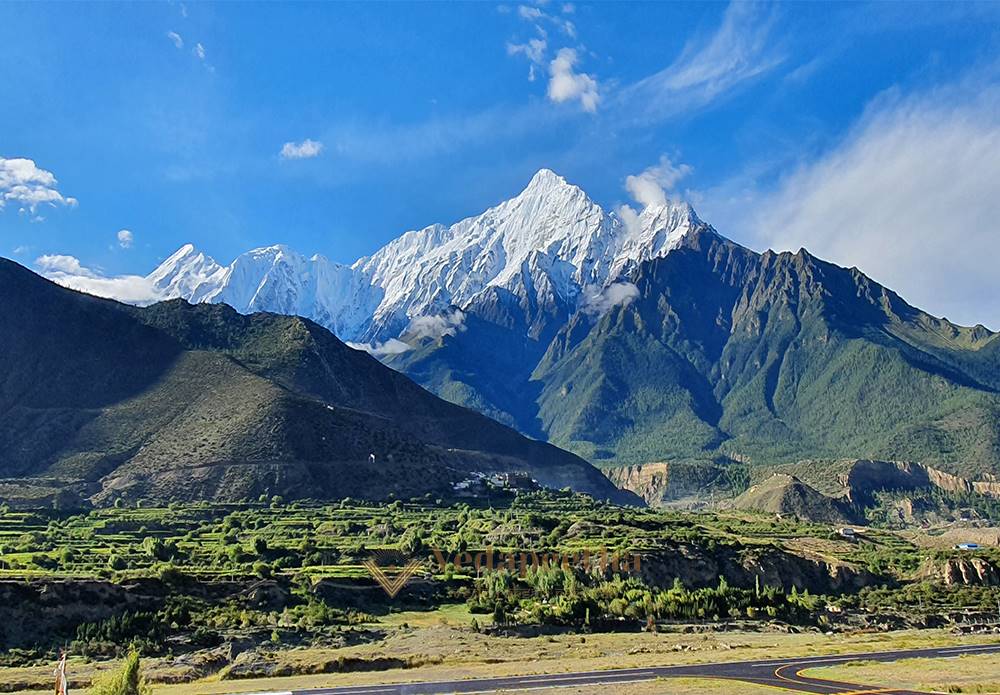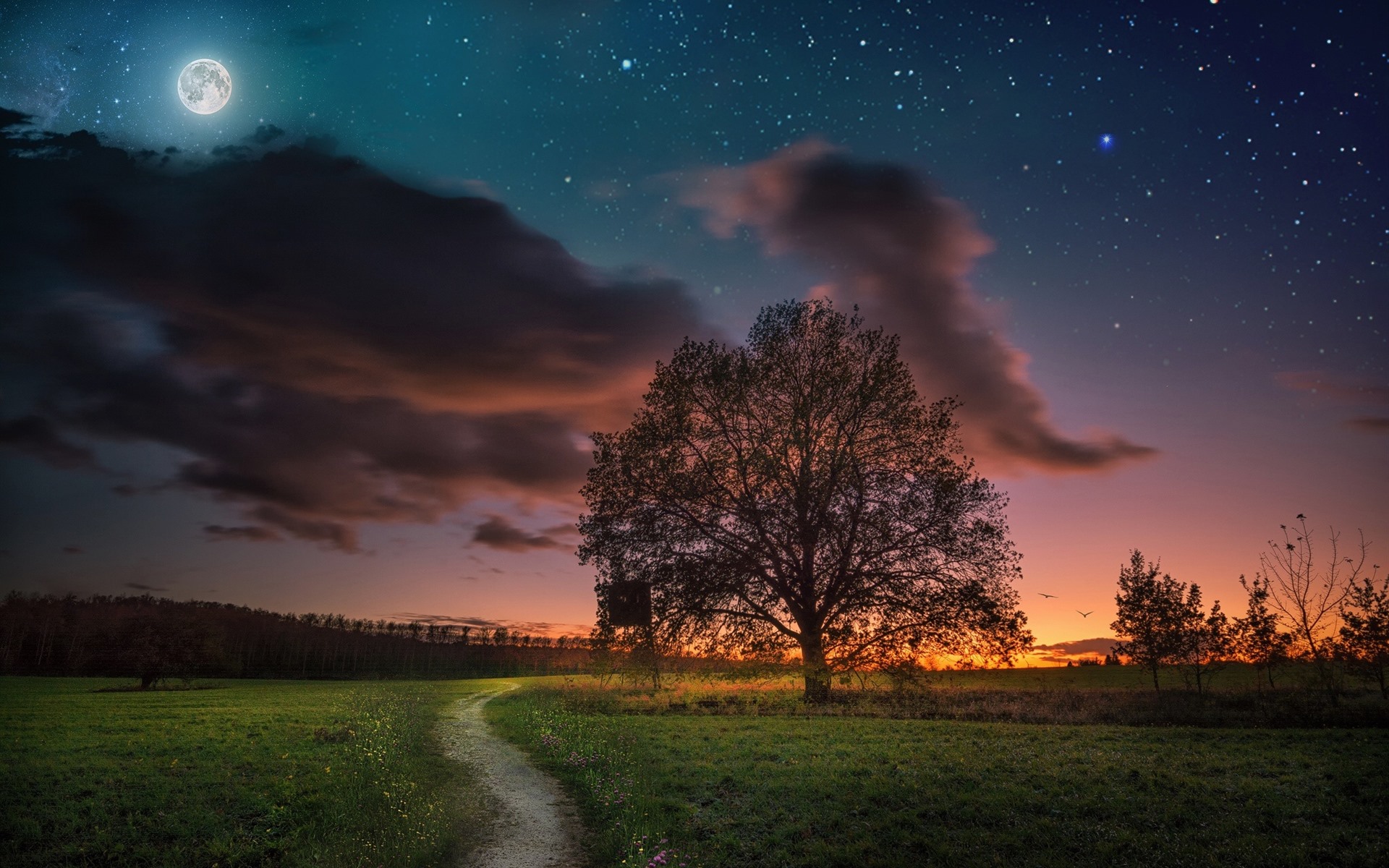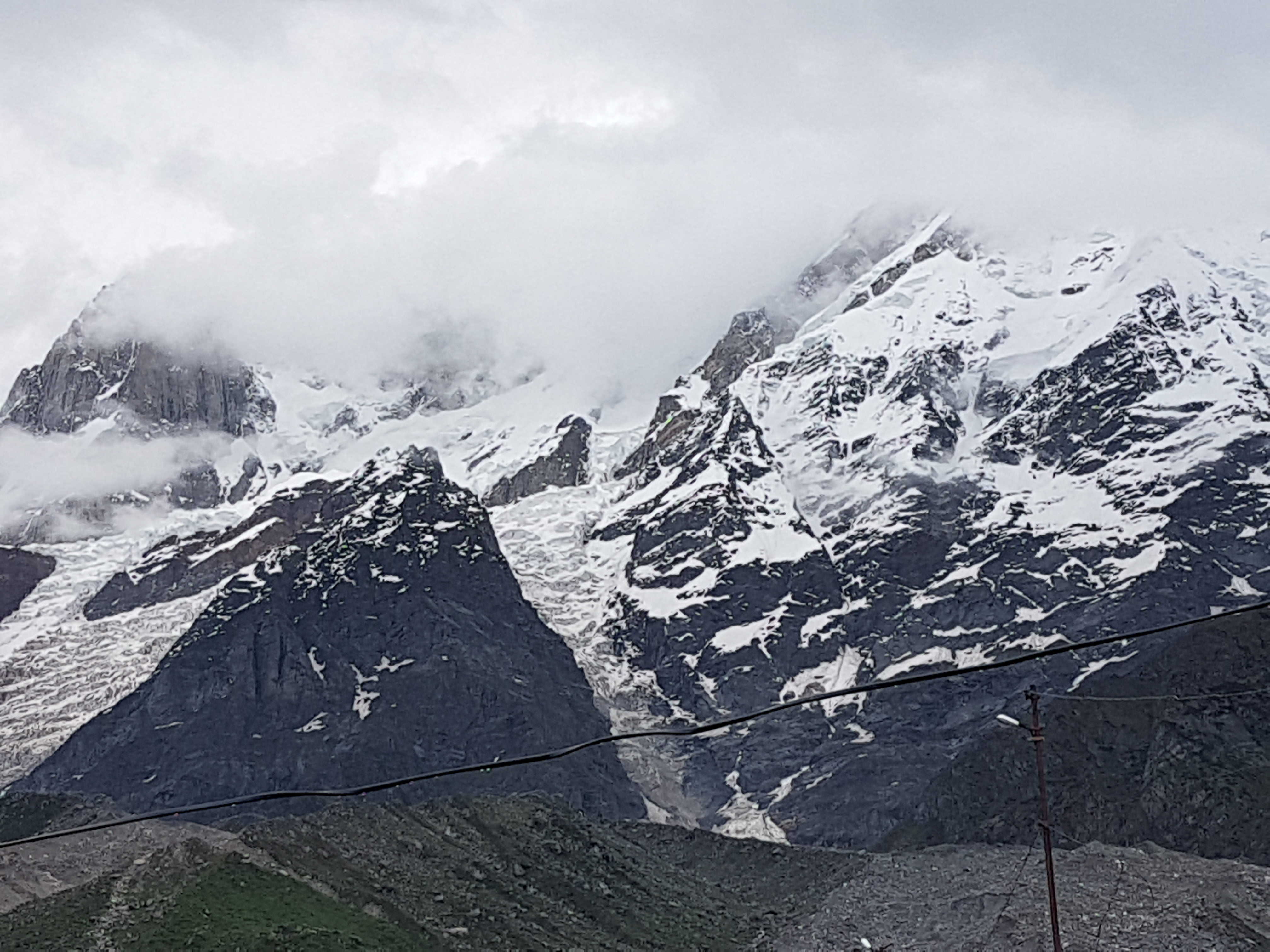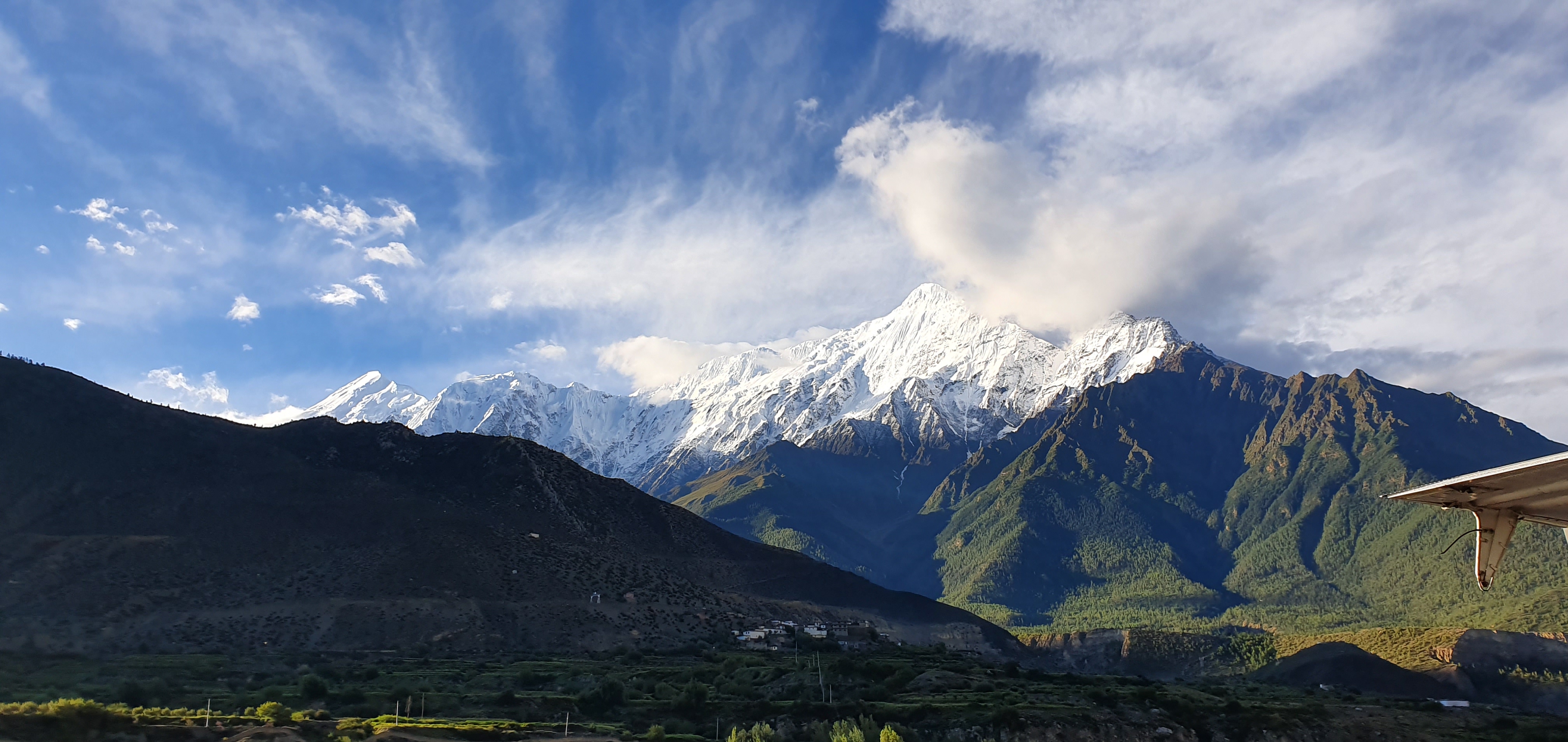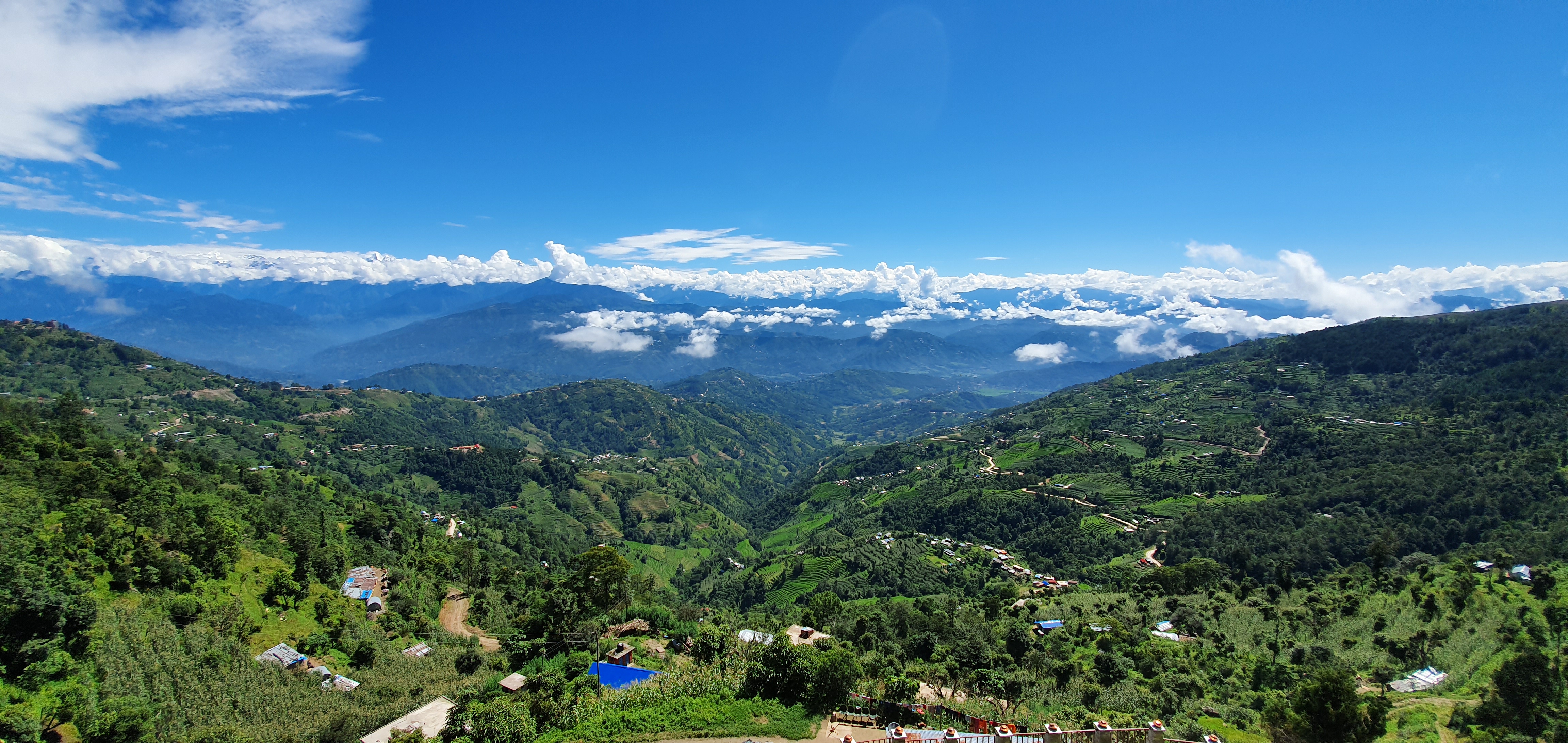Gandharvaveda
Gandharvaveda refers to the science of music. Music has its origin from Sāmaveda and so Gandharveda is consideredas the Upaveda of Sāmaveda. The rules of musical chant of the stanzas of Sāmaveda are given in the books of Samans in a detailed manner. The seven svaras of the classical music are said to have been developed from the three Vedic Svaras namely Udātta, Anudātta and Svaritaḥ: Niṣāda and Gandhāra (NI and GA) from Udātta; Ṛṣabha and Daivata (RI and DA) from Anudātta; finally,Ṣaḍja, Madhyama and Pañcama (SA, MA and PA) from Svaritaḥ.
Music also includesvocal and instrumental music. Bharata’s Nāṭyaśāstra explains that Nāṭyaveda was created by Brahma (the Creator) to help humanity at the end of kṛtayuga; the content was taken from the 4 Vedas, and the specific part about music was taken from Sāmaveda. Nāṭyaśāstra is the earliest workhaving an authority in the field of music. Many other texts like Yāmalāṣṭakatantra, Uddhosaamahodayam, Tālādhyāya, Bharatārṇava, etc. also deal with music and its science. Saṅgītaratnākara of Śārṅgadhara is one among the musical treatises that clearly coversboth the theory and practice of music. Bhulokamalla’s or Someśvara’s book named Mānasollāsa is also devoted to music and dance. Though a large number of books on music were written by differentauthorsat different times, many are no longer in existence now.
.jpg)
